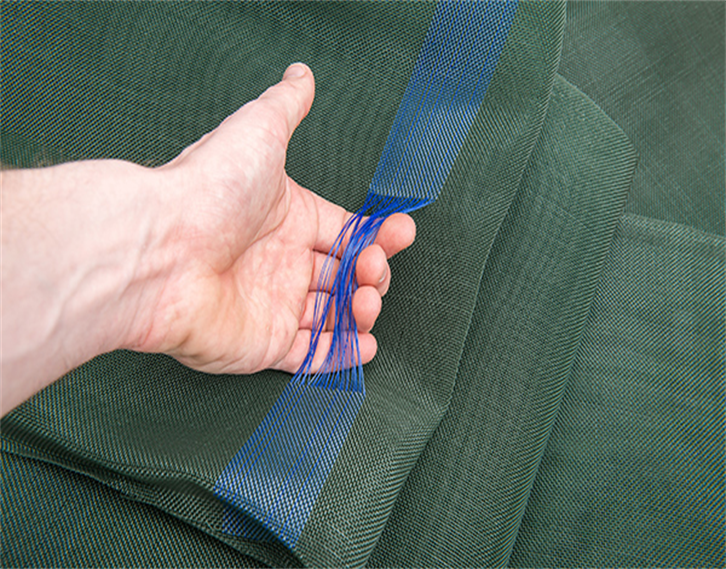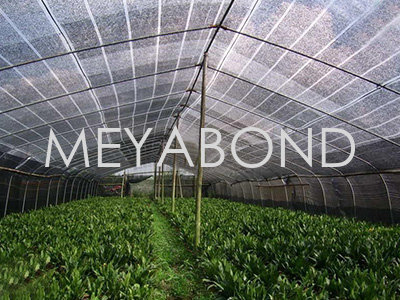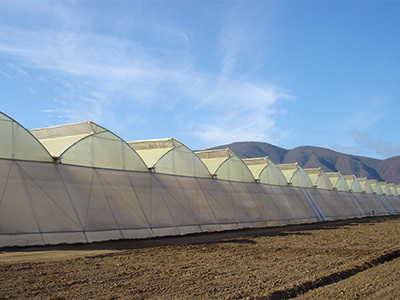Protecting Your Orchard: The Essential Role of Bird Netting in Agriculture
In the realm of orchard agriculture, protecting fruit trees from various threats is paramount, and one of the most effective solutions is the use of bird netting. This specialized mesh material acts as a barrier, preventing birds from accessing the fruits and seeds that many species find irresistible. Birds can cause significant damage to orchards, leading to decreased yields and lower quality produce. By implementing bird netting, orchard owners can mitigate these risks effectively.
Bird netting is designed to cover the entire orchard or specific trees, allowing sunlight and rain to penetrate while keeping unwanted birds at bay. The nets come in various sizes and configurations to accommodate different types of fruit trees and orchard layouts. When installed properly, bird nets create a physical barrier that not only protects the fruits from avian pests but also helps in managing other wildlife threats, such as squirrels and deer.
One of the key advantages of using bird netting in orchard agriculture is the increased yield it can provide. By preventing birds from pecking at the ripe fruits, growers can harvest more produce, which translates into better profitability. Additionally, without the stress of constant bird activity, trees can focus their energy on growth and fruit development. As a result, orchard owners often notice healthier trees and improved fruit quality.
Implementing bird netting also supports sustainable farming practices. By reducing reliance on chemical deterrents, such as pesticides, growers can maintain an eco-friendly approach to agriculture. This aligns with modern agricultural practices that prioritize environmental health and biodiversity. Using bird nets allows for a natural coexistence with wildlife while still protecting valuable crops.
Furthermore, when selecting bird netting for orchard agriculture, it's essential to consider the material and mesh size. Durable materials that can withstand various weather conditions are ideal for long-term use. The mesh size should be small enough to prevent birds from getting through but large enough to allow beneficial insects to enter, creating a balanced ecosystem within the orchard.
Installation is another critical factor in the effectiveness of bird netting. Proper technique ensures that the nets remain securely in place, reducing the chances of entanglement for birds and other wildlife. Regular maintenance checks and adjustments are necessary to ensure the netting remains effective throughout the growing season.
In summary, bird netting is a vital tool in orchard agriculture, providing both physical protection for crops and supporting sustainable farming practices. By understanding the importance of bird netting and implementing it effectively, growers can enhance their orchard's productivity, protect their harvest, and contribute to a healthier agricultural environment. This investment not only safeguards the fruits but also fosters a thriving ecosystem that benefits all aspects of farming.
Bird netting is designed to cover the entire orchard or specific trees, allowing sunlight and rain to penetrate while keeping unwanted birds at bay. The nets come in various sizes and configurations to accommodate different types of fruit trees and orchard layouts. When installed properly, bird nets create a physical barrier that not only protects the fruits from avian pests but also helps in managing other wildlife threats, such as squirrels and deer.
One of the key advantages of using bird netting in orchard agriculture is the increased yield it can provide. By preventing birds from pecking at the ripe fruits, growers can harvest more produce, which translates into better profitability. Additionally, without the stress of constant bird activity, trees can focus their energy on growth and fruit development. As a result, orchard owners often notice healthier trees and improved fruit quality.
Implementing bird netting also supports sustainable farming practices. By reducing reliance on chemical deterrents, such as pesticides, growers can maintain an eco-friendly approach to agriculture. This aligns with modern agricultural practices that prioritize environmental health and biodiversity. Using bird nets allows for a natural coexistence with wildlife while still protecting valuable crops.
Furthermore, when selecting bird netting for orchard agriculture, it's essential to consider the material and mesh size. Durable materials that can withstand various weather conditions are ideal for long-term use. The mesh size should be small enough to prevent birds from getting through but large enough to allow beneficial insects to enter, creating a balanced ecosystem within the orchard.
Installation is another critical factor in the effectiveness of bird netting. Proper technique ensures that the nets remain securely in place, reducing the chances of entanglement for birds and other wildlife. Regular maintenance checks and adjustments are necessary to ensure the netting remains effective throughout the growing season.
In summary, bird netting is a vital tool in orchard agriculture, providing both physical protection for crops and supporting sustainable farming practices. By understanding the importance of bird netting and implementing it effectively, growers can enhance their orchard's productivity, protect their harvest, and contribute to a healthier agricultural environment. This investment not only safeguards the fruits but also fosters a thriving ecosystem that benefits all aspects of farming.
Key words:
Related News
CONTACT US
Email: sales8@meyabond.com
Tel: +8618911966213
No.3 Yard, ZhongHe Road, 100071,FengTai District, Beijing, China
Email: sales8@meyabond.com
Tel: +8618911966213
No.3 Yard, ZhongHe Road, 100071,FengTai District, Beijing, China
















